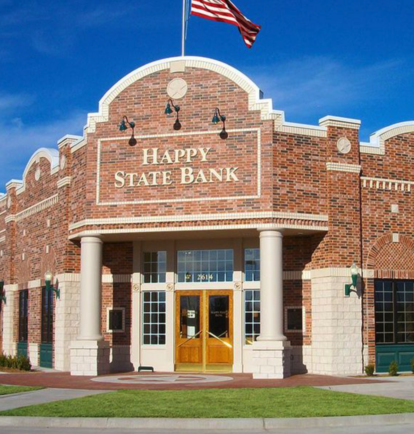
Regional Bank Dramatically Improves
DR Preparedness and Reduces Costs
— Challenges —
- Consolidate, Refresh IT
(reduce footprint, overhead and upgrade/migrate off old tech) - Build resilient IT Environment
(execute failover plans without risk of disrupting customer services)
— Solution —
Rely on TransitionManager® platforms’ dynamic dependency analysis and automated workflow technology to quickly prepare for and execute DR tests. The platform was used to validate planned DR scenarios against dynamic asset data, synchronize team responsibilities and tasks associated with third party tools, and coordinate execution seamlessly. This resulted in an RTO reduction from 13 to just under 6 hours. The staff requirements to complete these disaster recovery efforts was reduced from 1,500 hours to 750 hours annually.